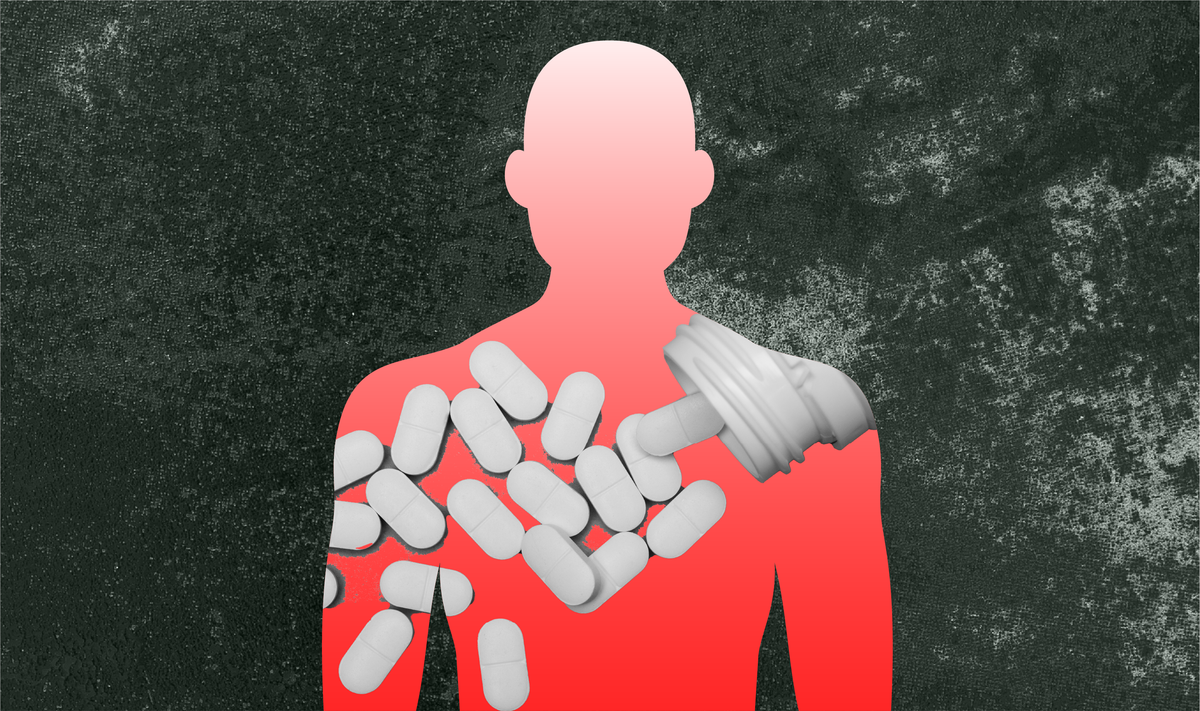Opioid awareness license plates generate discussion about overdose deaths
Free naloxone continues to draw criticism and false claims that it “encourages” drug use.

Free naloxone continues to draw criticism and false claims that it “encourages” drug use.
Recent articles about opioid awareness license plates sparked discussion about overdose deaths, with some social media users expressing stigmatizing attitudes toward people who use drugs. Other commenters debated the benefits of naloxone and overdose prevention centers.
Given these discussions, communicators may share information about overdose prevention and explain how naloxone and overdose prevention centers save lives.

Insights brought to you by the reporters and science writers of Public Good News (PGN), a nonprofit newsroom dedicated to improving community health.
What’s trending nationally in conversations about substance use
Last week, articles reported that a Massachusetts mother who lost two sons to opioid overdoses created an opioid awareness license plate for Massachusetts drivers. The initiative aims to start conversations about the risks of opioids. Proceeds from license plates go toward an organization the mother founded to support families impacted by substance use disorder. In response to Facebook and Instagram posts sharing articles about the license plates, some commenters expressed gratitude for the initiative and shared stories about losing loved ones to opioid overdoses. Others expressed stigmatizing attitudes toward people who use drugs, and some said that spreading awareness about opioids is not enough to prevent overdose deaths.
In response to recent Facebook posts highlighting free naloxone in South Carolina and Illinois, commenters debated whether naloxone encourages drug use. Another Facebook post responded to a meme questioning why insulin is expensive, but naloxone is free. The post read, “Other struggling people are not your enemy” and received approximately 236,000 views, 11,600 reactions, 1,900 shares, and 1,300 comments as of August 13. While some commenters advocated for free naloxone and said that it saves lives, others said that naloxone “perpetuates the problem.”
On August 9, a tabloid publication claimed that a New York City overdose prevention center has become a hub for public sex and drug use in the surrounding area. Most commenters on X posts sharing the article spoke out against overdose prevention centers, which provide a space where people can use pre-obtained drugs in a supervised environment. Some suggested that overdose prevention centers enable drug use and falsely claimed that they cause overdose deaths, and many expressed stigmatizing attitudes toward people who use drugs.

Recommendations brought to you by the health communication experts behind Infodemiology.com.
Recommendations for public health professionals
Each week, the Infodemiology.com team will provide messaging recommendations in response to some of the trending narratives outlined above. These helpful tips can be used when creating content, updating web and FAQ pages, and developing strategy for messaging about opioids.
Conversations about opioid overdoses provide an opportunity to outline the signs of an opioid overdose. Communicators may share information about overdose prevention tools, including drug test strips (if they are legal in their state) and naloxone. Additional messaging may emphasize that anyone can develop opioid use disorder, even those who are prescribed opioids by a doctor.
In response to posts about naloxone, messaging may emphasize that naloxone is a medication that can reverse an opioid overdose. It does not increase drug use, and experts have consistently attributed declining overdose deaths to the availability of this lifesaving medication. Communicators may explain that naloxone is available for purchase over the counter at pharmacies, at some grocery and convenience stores, and online. It may also be available for free through local harm reduction programs. Sharing information about how to use naloxone and directing people to any local naloxone trainings is recommended. Communicators may stress that bystanders should always call 911 if they suspect an overdose and stay with the person until help arrives.
In light of conversations about overdose prevention centers may cause confusion about the difference between them and syringe services programs. Messaging may explain that overdose prevention centers, which are very rare in the U.S., provide a space where people can use pre-obtained drugs in a supervised environment and that more than 20 years of research show that no one has ever died of an overdose while at an overdose prevention center. Messaging about SSPs may highlight that these harm reduction programs are much more common and offer a range of tools, such as naloxone, test strips, sterile supplies, vaccinations, and medical referrals.
